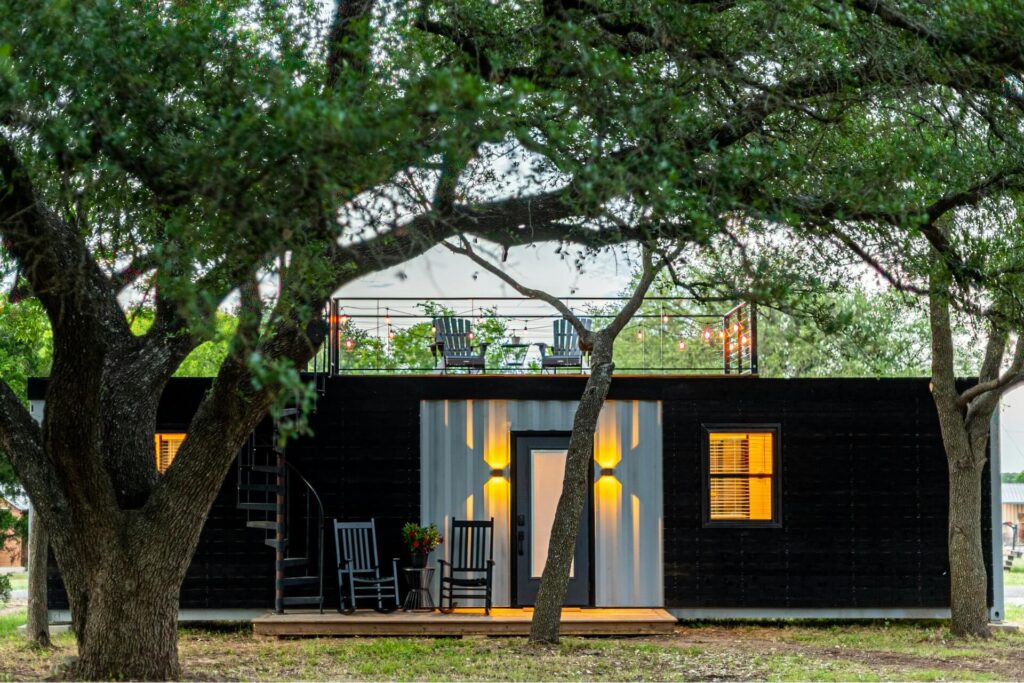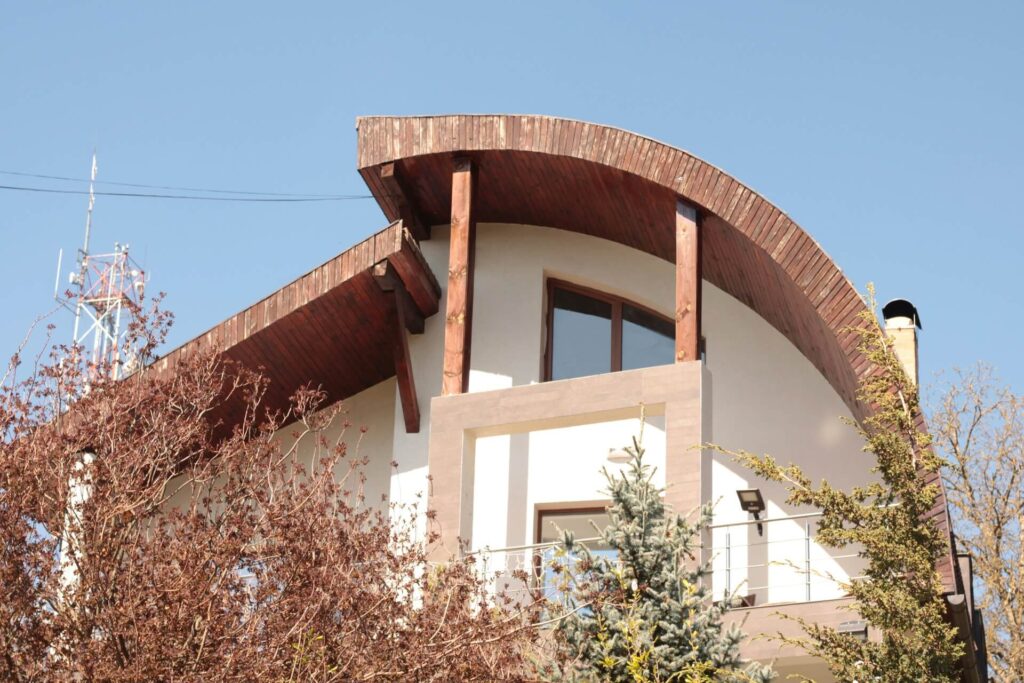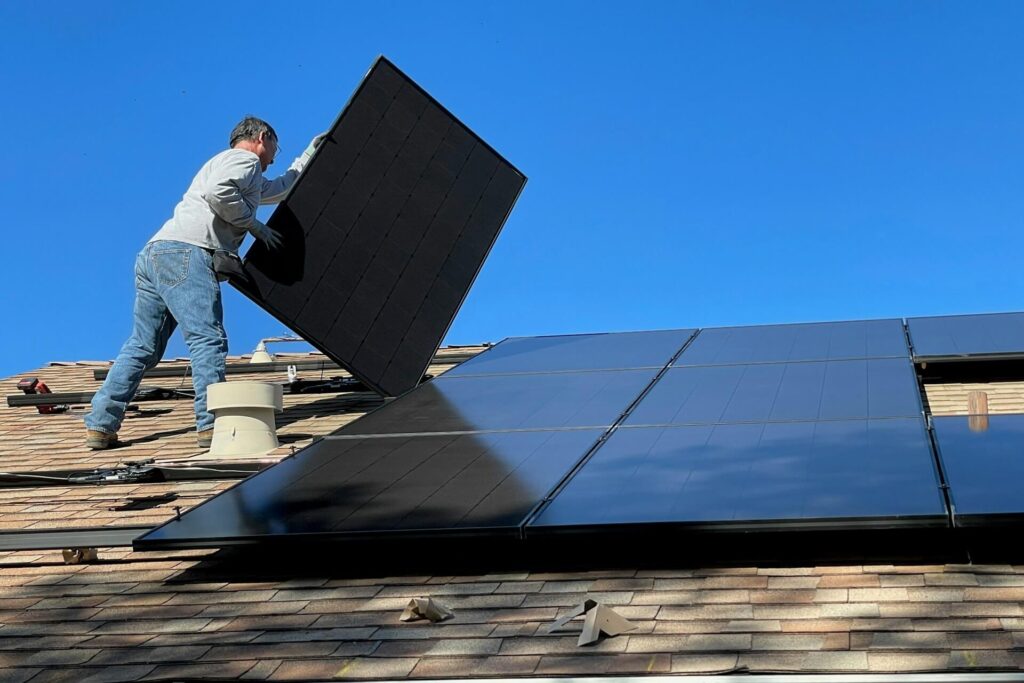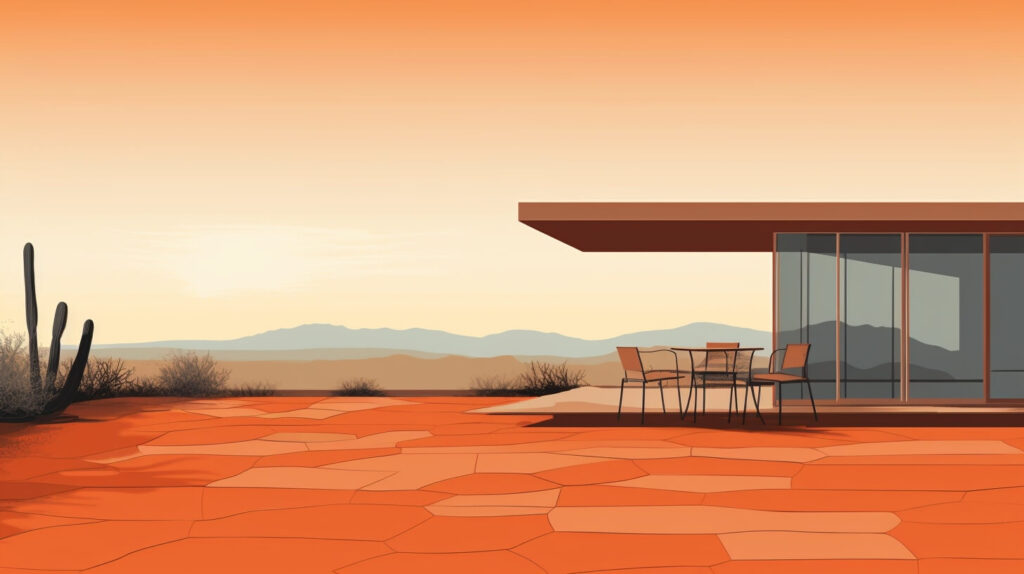How to Start a Tiny House Community: Thrive Off-the-Grid (Updated for 2025)
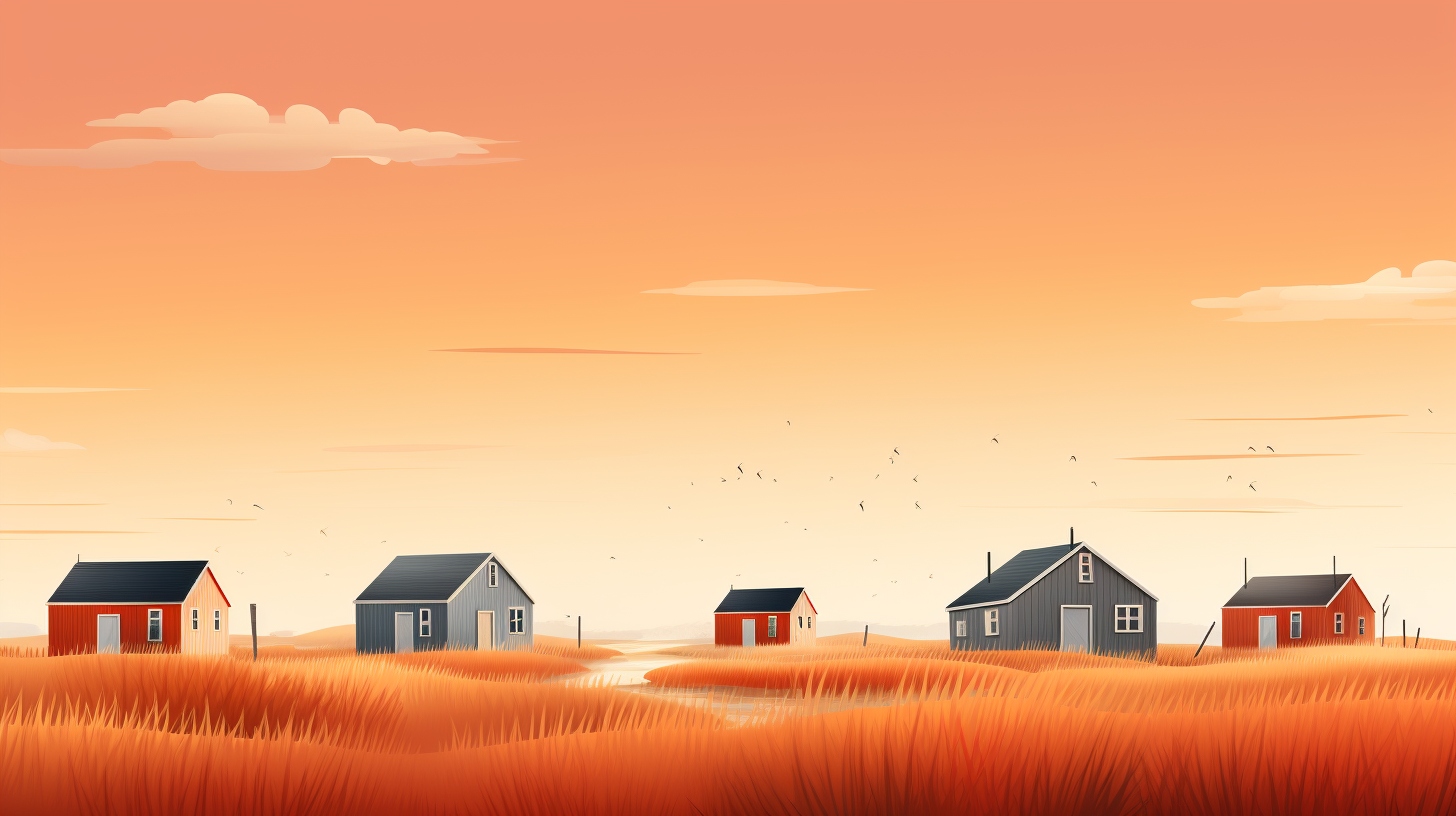
We are reader-supported. When you buy through links on our site, we may earn an affiliate commission.
Have you ever wished you could live in an affordable, comfortable home without having to pay most of your paycheck to the bank for a large mortgage? Perhaps a tiny home is the answer. These “doll” houses offer all the convenience and comforts you need with a much smaller footprint and price point. What’s more, you’re not alone, and many other buyers feel the same, so why not learn how to build a tiny home community?

Why Choose a Tiny Home?
Tiny home communities continue to grow in popularity, and they are likely to stay on this track for the foreseeable future. The cost of housing has increased precipitously, and many areas lack affordable options. It’s no surprise that tiny houses are seen as an affordable and eco-friendly alternative to other housing options. This trend has given rise to the small, tiny house commune that thrives off the grid.
Finding, fixing up and securing land for building a tiny house community isn’t a straightforward process. However, the red tape shouldn’t stop dedicated homesteaders or others seeking to live this dream. You do need to follow several legal steps, but you can discover how to start a tiny house community and make it successful.
Most tiny houses cost about $50,000 to complete, but you can substantially reduce these costs if you follow these directions and have some luck on your side. It’s typically cheaper to build these petite homes from scratch rather than buy a prebuilt structure, so this guide will cover everything from step one.
Here are the five essential checkpoints – and many steps in between – to start a tiny house community:
1. Select the Site for Land and Utilities
Your first step is to find a suitable location. Some states, like Florida, Oregon, Texas and California, are more flexible with building ordinances needed to build a tiny house. You might have to search beyond your neighborhood to find a suitable location. Therefore, you may need to locate your property farther from services like hardware stores, which could complicate replenishing your supplies.
If you are building each tiny home on wheels or in sections that can be assembled on-site, you can begin construction before locating a suitable plot or homestead. Talk to friends and neighbors who have acreage on their property about temporary storage if you don’t have a place to work. You can also consider this route for your final project. If you find a farmer who is selling off a portion of their acreage, ask them about a direct purchase to start your tiny home community.
Alternatively, you’ll want to contact a real estate agent with expertise in rural land development. Make sure you ask them about their knowledge of zoning and model building codes — updated every three years — so explain your project in detail. You don’t want to waste time driving to remote regions and potential sites to discover that they aren’t even zoned for your purpose.
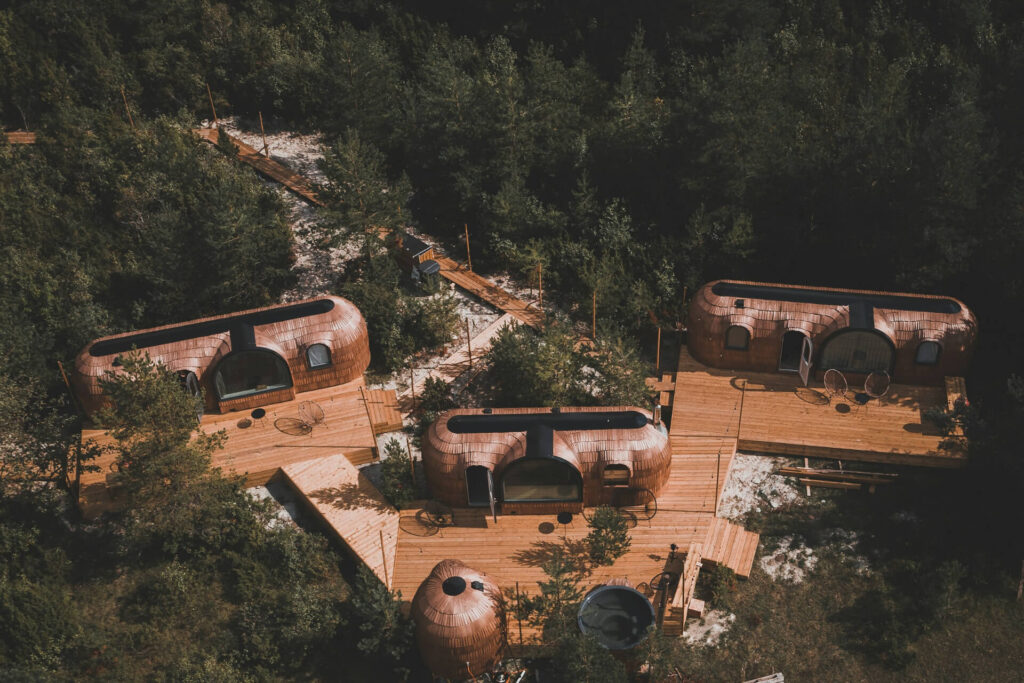
2. Follow Zoning and Building Code Requirements
Where you live determines if you can start your tiny house community near services, or if you’ll have to search outside your comfort zone. Wherever you plan on laying foundations, you’ll need to abide by building and zoning codes. Make sure that you understand the difference between the two:
- Building codes: These tell you how to construct your home and what materials you can use. Here’s where you run into size restrictions. They may mandate unique requirements across all 3,143 counties in the U.S., for example, which could significantly alter your design.
- Zoning ordinances: These regulations deal with where you can build. Don’t automatically assume that metro centers are off-limits. While rare, some tiny home communities start on city property that’s too expensive to renovate but too valuable to sell. It could take some negotiation, but you can approach the city council about your idea.
To build a tiny home on a foundation, you must often do so as an accessory dwelling to get around building codes that determine the building size. You will need to construct a formal home that meets the standards. Then, you can build your tiny house community on your property.
Therefore, if you want to know how to start a tiny house community to cut costs, you might consider a mobile option. You can construct such structures on wheels that you can park on an amenable friend’s property. Having them certified as recreational vehicles (RVs) presents additional problems, as some cities prohibit individuals from living in RVs. However, relatively few enforce these rules unless someone complains.

3. Install the Requisite Utilities
If you build your tiny house community on rural land for which you have obtained the requisite approval, you will need to install utilities. Those located far from city water supplies will need to dig a well and a septic tank for waste management, ensuring the well is 50 feet from the nearest sewage line or tank. If you are a survivalist looking to do this by hand, make sure to call 811 before digging to avoid hitting buried utility lines that could cause massive fines.
When it comes to electricity, always rely on a certified professional. Electrocution poses a severe risk — don’t try to DIY, no matter how competent you believe you are. Some cities also require permits for all electrical and plumbing installations in addition to regular construction work.
What about internet and phone access? While these may have been considered fluff once upon a time, and still may be for diehard off-grid enthusiasts, many people rely on these amenities to work. Unfortunately, some areas that make for appealing tiny home locations — such as the wide, open spaces of the American Southwest — lack adequate infrastructure to deliver quality service.
However, remote and rural satellite internet services are covering more and more off-grid locations. Research the best provider in your area, accepting that you may have limited download and upload speeds. A Wi-Fi extender can help in some cases, but these devices can’t make up for a lack of connectivity to homes in the middle of nowhere.
You’re going to need to venture into town for supplies somehow. Will residents in your commune require all-terrain vehicles? If you go far off the beaten path to build your dream, you’ll need to learn how to maintain dirt roads so everyone can safely travel to the nearest town to stock up on food and fuel. If you own the public road to your community, you may even qualify for a maintenance grant to help reduce pollution into local water systems from road dust.
4. Gather a Community of Interested Individuals
Some groups want to know how to start a tiny home community as a collective or neighborhood of similarly minded people. Tiny homes often serve as housing for disenfranchised individuals. Timothy Ransom, president of the nonprofit Panza, started Quixote Village to give formerly homeless individuals a permanent address and positively impact their lives.
Going the nonprofit route opens doors to potential funding sources for your community. Check with your state’s department of housing and explain your project. They may have available funds and suggestions to help you bring your dreams of building a tiny house community to life.
Don’t overlook potential crowdfunding sources for your project. Sites like GoFundMe may have become famous for helping folks with medical bills, but they can also raise money for other causes, like building tiny home communities for the homeless.
Is there a shortage of affordable housing near you? Offering to become a part of the solution could garner the support of your local community. Why not start a petition to see who would be interested in donating cash, materials or even labor for such a project?
Consider approaching local businesses, too. Companies get significant tax benefits for donating to charity, but if you want to succeed in this avenue, you need the correct entity structure. Investigate how to set up a 501(c)(3) organization for your venture. You and the donors will reap considerable tax advantages.
If starting a nonprofit organization sounds intimidating, it isn’t. You will need to follow the right steps to make it legal, so shop around for a local attorney who is willing to do the paperwork pro bono or for a nominal fee.
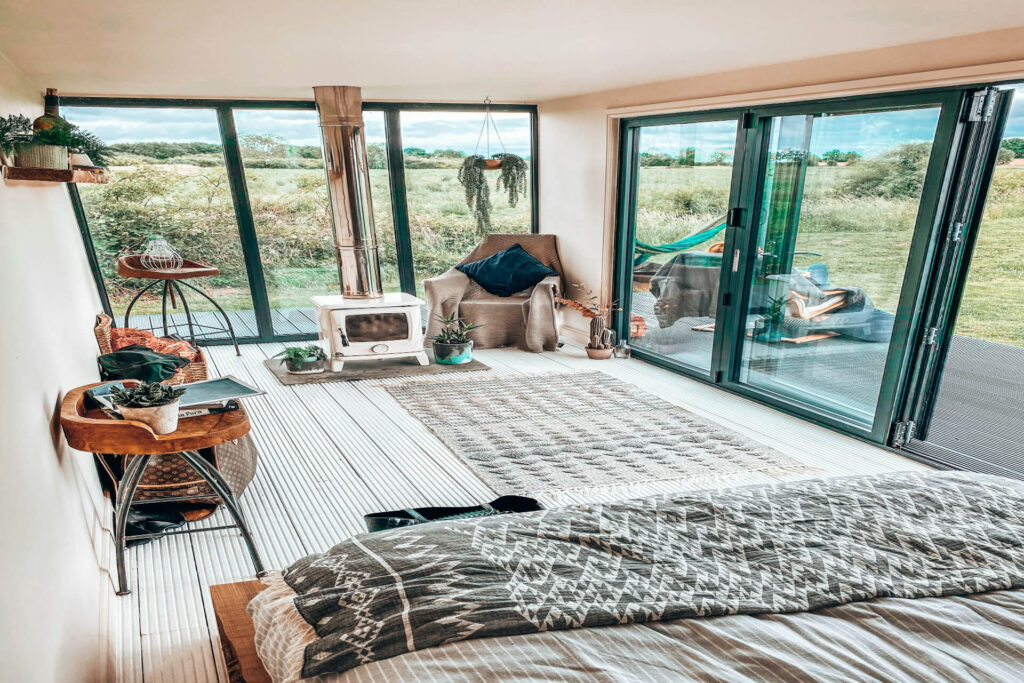
5. Craft CC&Rs
Because of the zoning and building requirements, many tiny home and small house communities consist of memberships, not individual ownership of each unit. As such, you will need to draft codes, covenants and restrictions (CC&Rs) regarding use. If you have 40 or more lots, you will have to establish a homeowner association, which enforces the CC&Rs.
If you are launching a charitable project, you might exercise primary control over the regulations. However, you’ll have the highest chance of happy inhabitants if everyone has some say in the tiny house community plan.
Therefore, holding a collective meeting and gathering everyone’s input is vital when creating your CC&Rs for this type of tiny home commune. While the homes are small-scale, challenges may not be, and people have a right to speak up and be represented.
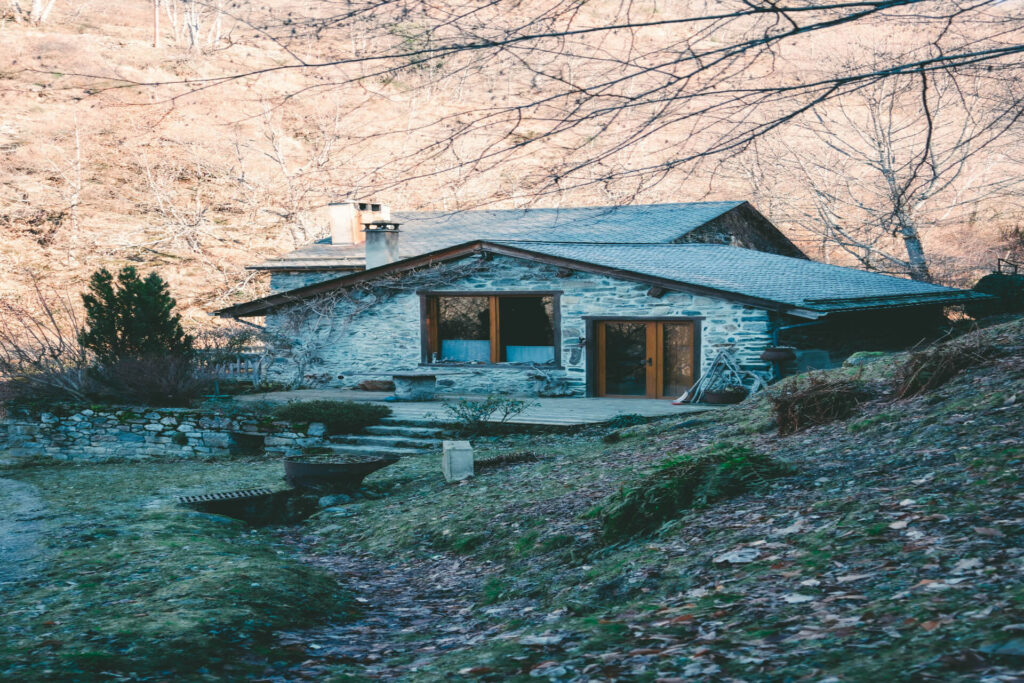
More Questions About Starting a Tiny House Community
Can I Legally Start a Tiny Home Community in My State?
Zoning laws and building codes vary widely by city and county. Some municipalities welcome tiny home developments, especially if they’re considered affordable housing. Others may require special permits or reclassification of the land. Always check with your local zoning office or city planning department.
How Much Land Do I Need to Start a Tiny Home Community?
It depends on how many homes you plan to include, what spacing or shared areas you want and your local density regulations. As a general rule, plan for at least half an acre of land per home. Also factor in roads and communal spaces.
What Infrastructure Does a Tiny Home Community Require?
At a minimum, you’ll need access to water, sewage or septic systems, electricity and waste removal. Some communities also provide internet, solar power, shared buildings and graywater systems. If you’re hosting on wheels, like RVs, hook-ups for water, power and sewer will be essential.
Learn How to Start a Tiny House Community
Now that you know how to start a tiny house community, you have your work cut out. Begin your search for land, research local regulations and make your dream a reality. Once you’ve got all the information specific to your area, you can start drawing up plans and budgeting for that tiny dream home that suits your lifestyle.
Original Publish Date: 07/31/2023 – Updated: 07/01/2025


